
I recently got a sneak peek at a handful of upcoming games as part of an ID@Xbox showcase and came away feeling more excited about one, intrigued about one I hadn’t heard of, and excited about a third that would scratch another hobbyist itch of mine.
ID@Xbox is a Microsoft program that empowers smaller game studios to get their games to a wide audience and thus enables players to discover something new that they may have otherwise missed. Many of these will be on Xbox Game Pass from day one too - so they’re definitely ones to keep in mind if you have an active membership.
A few of the games shown off during the presentation really piqued my interest, demonstrating quite different, but nonetheless gripping, interesting, or immersion-heightening experiences.
Arabian Nights
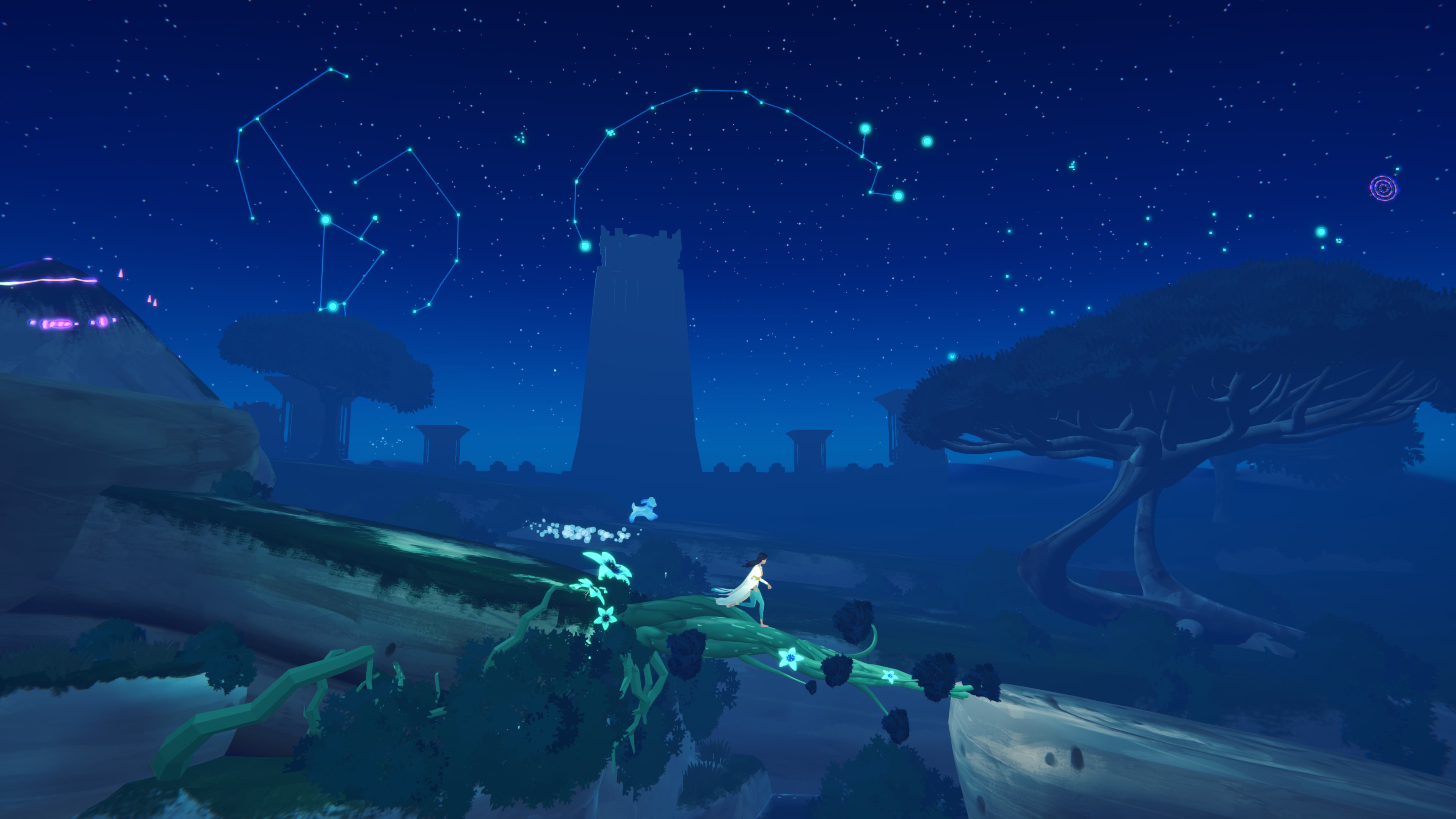
First up is Nightscape, a beautiful-looking game from Mezan Studios, that takes its inspiration from ancient Arabian astronomy and Southern Arabia to offer an interesting celestial experience.
Following a catastrophic event, you play as reluctant hero Layla. You’re tasked with putting the stars back where they belong by recreating constellations - all of which are rooted in Arabian astrology. In the side-scrolling 2.5D adventure, you traverse a beautiful Middle East-inspired landscape solving puzzles, dispatching enemies with your bow, and retrieving fallen stars.
The most interesting and unique aspect of Nightscape is its use of Arabian astrology. Layla can call upon and use the power of the constellations - provided they’re visible and not blocked by the environment or scenery - to aid her in solving puzzles and progressing through environments. This can range from gusts of wind to pulling down drawbridges, or even calling for rain to grow plants or flood areas to get from A to B.
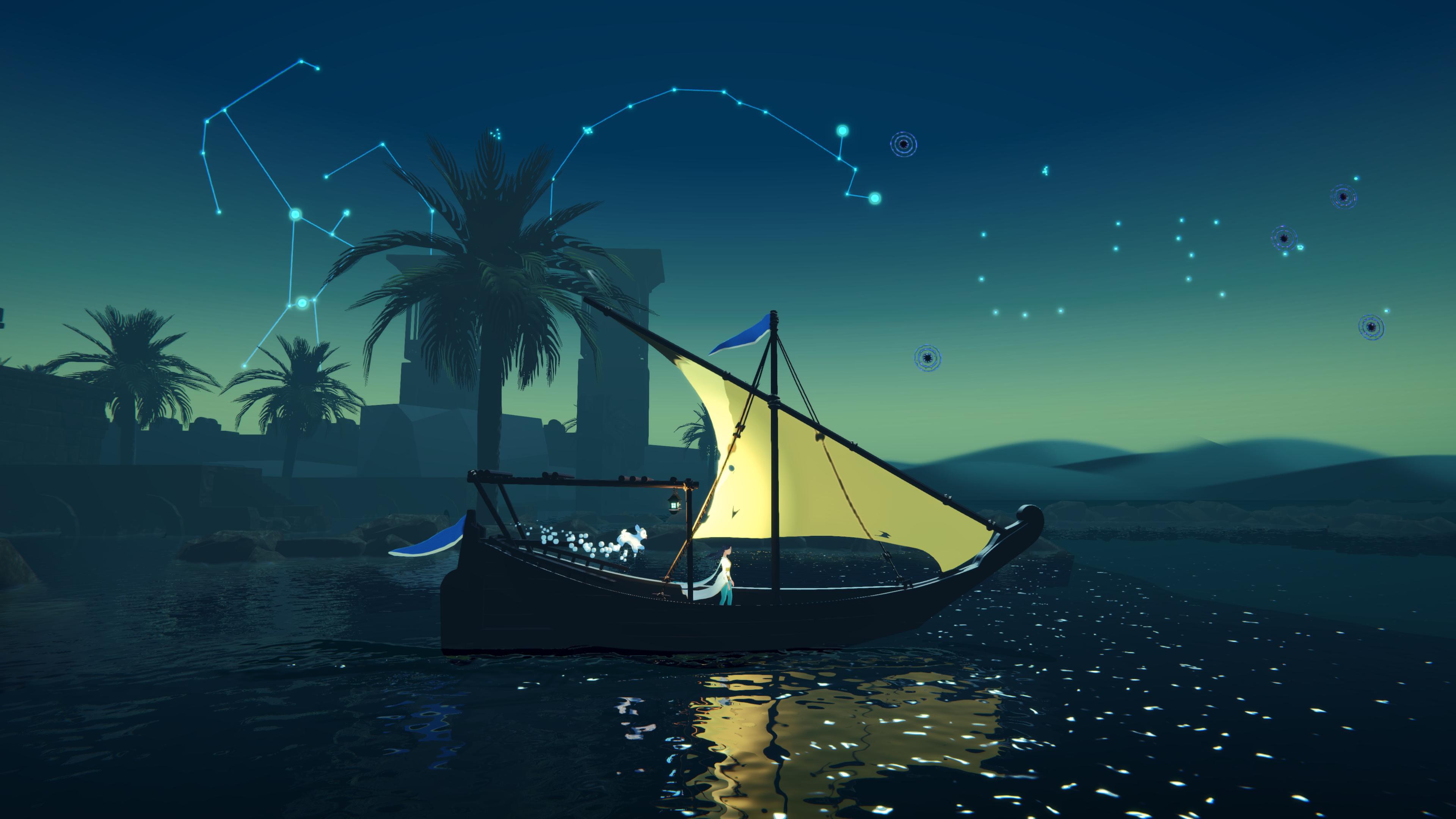
The sliver of the game we saw demonstrated this in action, showing Layla and her companion (a small goat that “kind of acts as a North Star” according to Hamad K, creative director of Mezan Studios) solve puzzles, travel, climb, and float across environments and see off numerous scorpion enemies to reach a fallen star. The levels have depth too, offered by that extra ‘half dimension’ of its 2.5D nature, helping bring them further to life.
Get daily insight, inspiration and deals in your inbox
Sign up for breaking news, reviews, opinion, top tech deals, and more.
Even in its simple and stylized art style, it was easy to see the inspiration, too. Away from the mythology-based constellations from ancient Arabian astrology, the game’s environment and audio design take aesthetic inspiration from the wider Middle East, presenting simply-yet-pretty environments that make for the perfect, atmospheric setting.
The core aspect of rebuilding constellations, learning about the mythology behind them, and then deploying them to further your journey is a superb hook. It offers a setting I’ve not really seen before; the ancient Arabian astronomy inspiration is a great hook and gives the game a great sense of identity. It might not look too 'demanding' or complex, but it may well present a different perspective on the night sky and stars from what many be familiar with.
Gone gardenin’
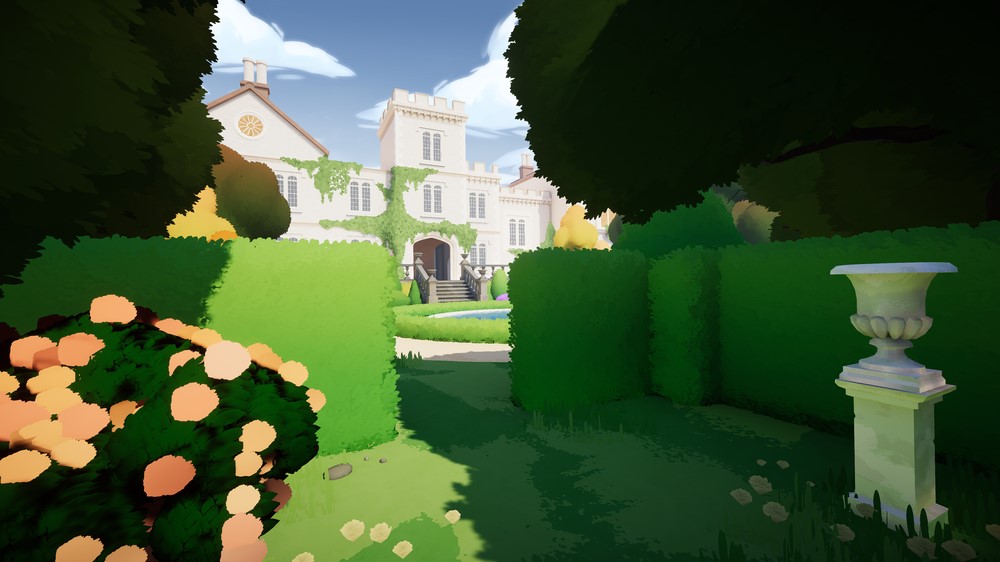
I played first-person botanical puzzle game Botany Manor’s demo during the Steam Next Fest earlier this year, and - as someone with a horticultural background - was immediately hooked on its satisfying and wholesome puzzles.
Playing as retired botanist Arabella Green, you go about completing your botanical research group, Forgotten Flora, by exploring the gardens of your Somerset manor house. To finish your book, you need to rediscover how to grow rare plant specimens from seed.
Laura De Mey, creative director at Balloon Studios, showed off a later level of the game, set in the third chapter and in the Manor’s orchard. The principles of the game, and that were on show in the demo, remain: you gather and put together clues to ‘remember’ how to grow plants - in this case, the ‘Pixie Tears’ plant.
You’ll collect notes, put together clues, and remember growing conditions in detail in a journal until you have a full picture of what the seed needs to germinate and thrive. The original demo showed these elements off in the game’s early stages with relatively simpler steps and requirements, but these more complex processes a plant needs later in the game have only piqued my interest further.
When asked about the inspiration for the game, De Mey provided an answer that I was not expecting: Croft Manor from the Tomb Raider games. “That was always my favorite part of the games, and I kind of wished that would never end…I always thought it would be nice to play a game that was just about exploring a manor.” And with the UK county of Somerset and its many manors providing the ideal, specific inspiration and setting, Botany Manor already looks to have brought that exploration to life.
As a qualified garden designer (with a Royal Horticultural Society gold medal, I’ll have you know), I feel more invested in Botany Manor than ever. The satisfaction of finding all the clues for each plant and successfully growing them is already looking moreish, and the relaxed go-at-your-own pace vibes already feel like some super chill vibes. Botany Manor is out on April 9th for Xbox Series X|S, Xbox One, PC, and Nintendo Switch, and will also be coming to Xbox Game Pass on day one.
Riggin’ terrifying
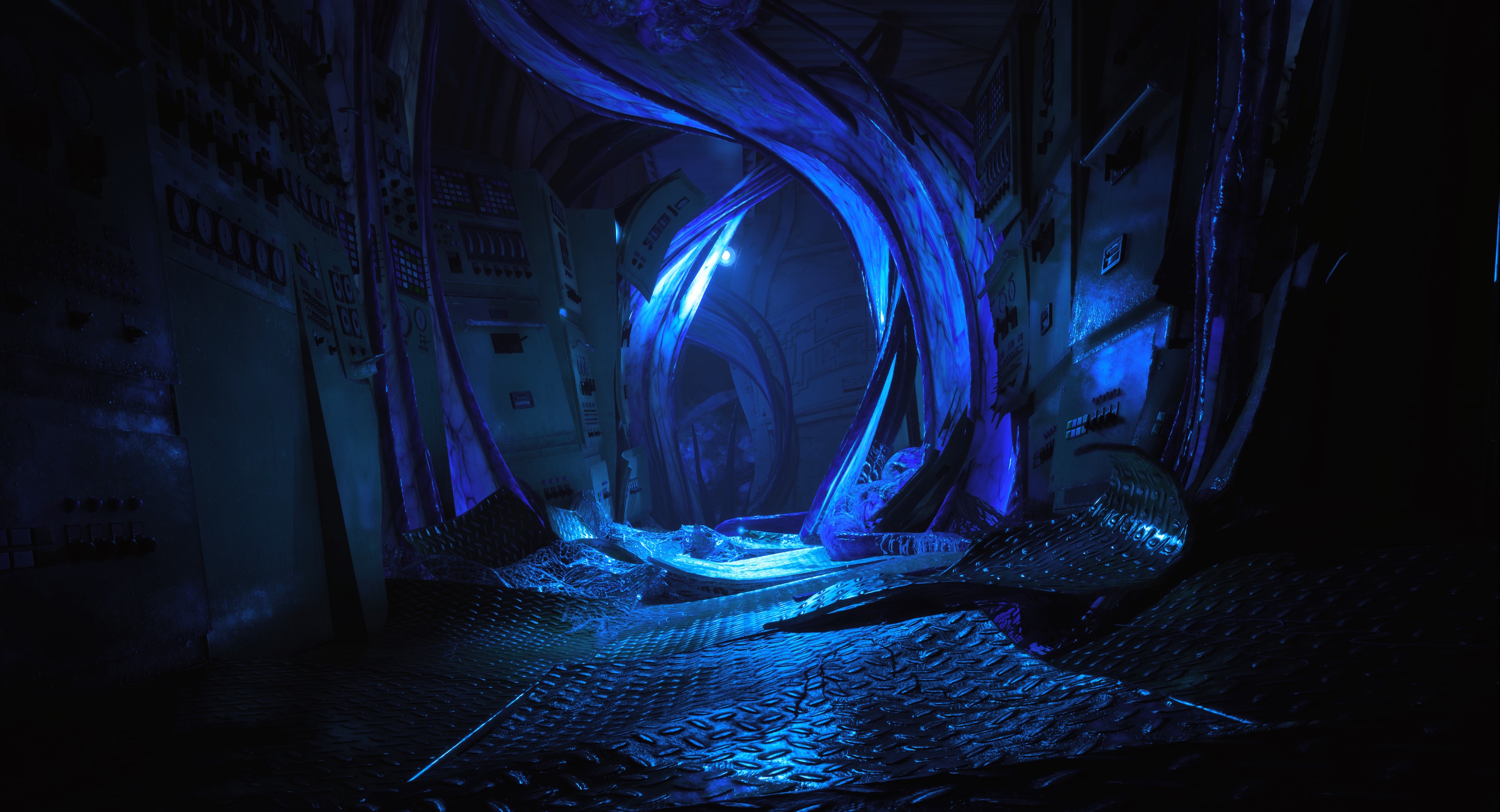
The Chinese Room’s Still Wakes the Deep looks intensely gripping from the new sliver of exclusive gameplay I got to see.
Following Caz Mcleary on the Beira D oil rig in the North Sea, an unknowable horror comes aboard and has devastating effects on the crew and the rig itself. You’re all alone in the North Sea with nothing but your wits and determination to get you through the horrors - Caz won’t have any weapons to confront whatever’s got a hold of the Beria D.
Rob McLachlan, lead designer at The Chinese Room, presented a new segment of Caz’s journey through the rig as the protagonist tries to figure out what’s happened to his friends and crew mates, as well as evade the horror that has set about the rig.
As Caz explored the rig, hearing the fates of some crew members, being cut off on the phone to others, and hatching escape plans with others (we met Roy who was taking refuge in the kitchen storeroom), it really feels like the narrative’s mix of fear, suspense, and mystery will perfectly combine to create immersion and make players compelled to keep going to find out more.
The level of research and painstaking detail on offer in Still Wakes the Deep contributes to this, which McLachlan elaborated on. First taking inspiration from horror films of the time (the 1970s), stating that “our intention was always that the atmosphere of the game would feel authentic to that era of horror movies.”
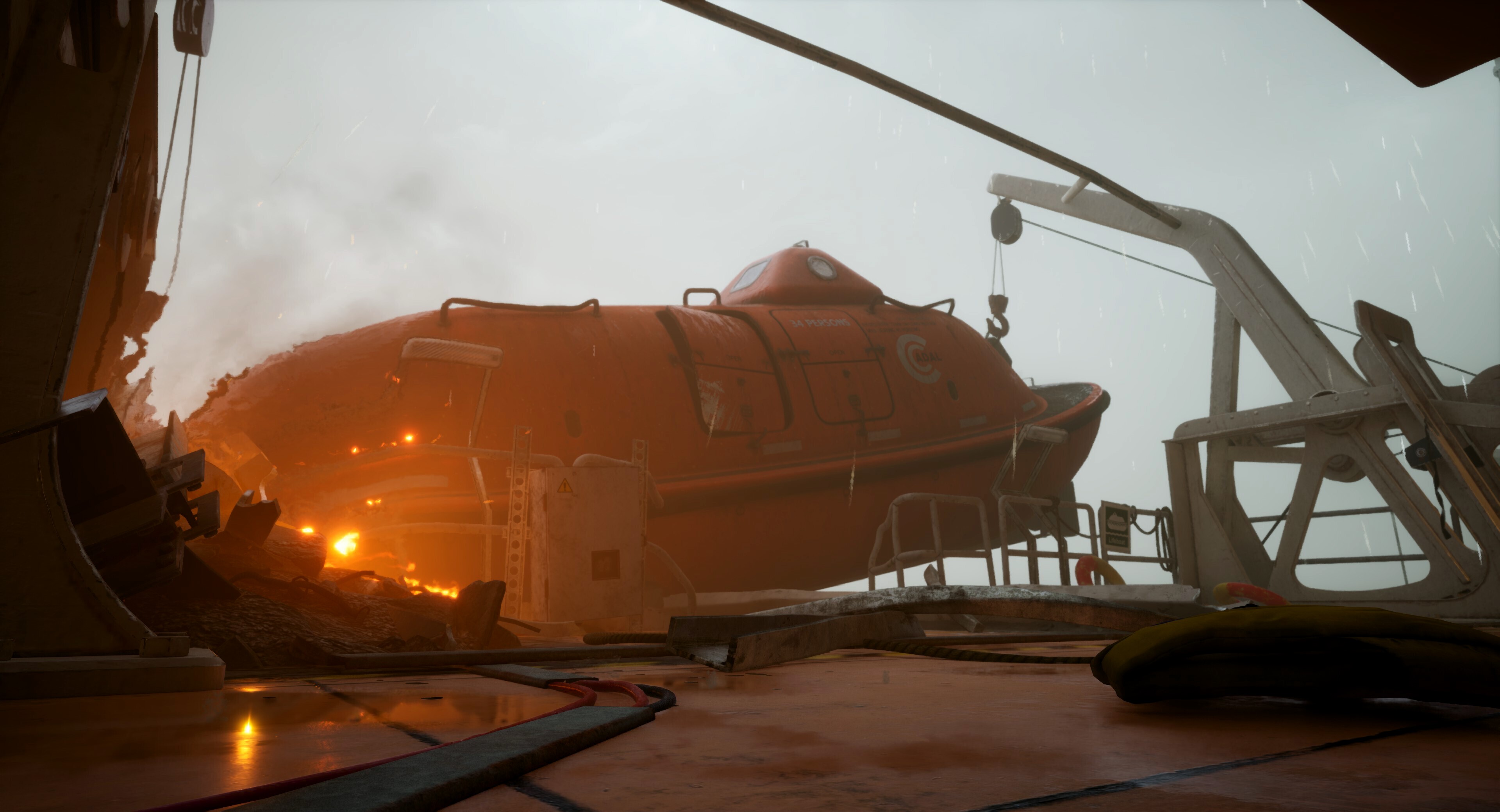
The immersion is really accentuated by the studio’s attention to detail and focus on authenticity. Informed by meticulous research of 1970s oil rigs, achieved by extensive interrogation of contemporary company archives, films, and imagery - even down to singular elements such as flooring and signage - means the aesthetic is deeply compelling. Throw in interviews of ex-workers from the time, Still Wakes the Deep also captures the workers’ sense of total isolation away from home and family, and of working in dangerous environments in the days before widespread health and safety regulations.
As a result, when the rig is falling apart bolt by bolt, and metal sheet by metal sheet, it does so convincingly and realistically. The Beira D is demonstrably deteriorating with every step you take in it, and it looks as though The Chinese Room has encapsulated that as a genuine element of fear.
McLachlan also revealed that Still Wakes the Deep will feature a ‘story mode’ that will allow players to make “various adjustments to immerse yourself in the story and worry less about dying.” It’s not crystal clear as to whether this is just another difficulty setting or a whole different game mode, but in my eyes it’s a welcome move, enabling more players to experience the world-building and narrative that’ll be on offer.
Leaving us with a nugget about how it might fit into The Chinese Room’s wider universe or collection of games, he also added that players who are familiar with Dear Esther should “watch out for the ending,” intriguingly hinting at connections to be drawn between the studio’s titles.
Still Wakes the Deep will be out on June 18, 2024, coming to PS5, Xbox Series X|S, and PC.
So, away from 2024’s blockbusters and triple-A behemoths, it’s looking like a terrific time for games coming from smaller outfits. Particularly if you’re a fan of botany and horticulture, the starry skies, and deeply terrifying oil rigs.
You might also like...
- Our list of the best indie games you can play right now
- The best Xbox controllers to get for your setup
- Why we don't need an Xbox handheld right now

Rob is the Managing Editor of TechRadar Gaming, a video games journalist, critic, editor, and writer, and has years of experience gained from multiple publications. Prior to being TechRadar Gaming's Managing Editor, he was TRG's Deputy Editor, and a longstanding member of GamesRadar+, being the Commissioning Editor for Hardware there for years, while also squeezing in a short stint as Gaming Editor at WePC just before joining TechRadar Gaming. He is also a writer on tech, gaming hardware, and video games but also gardens and landscapes, and has written about the virtual landscapes of games for years.